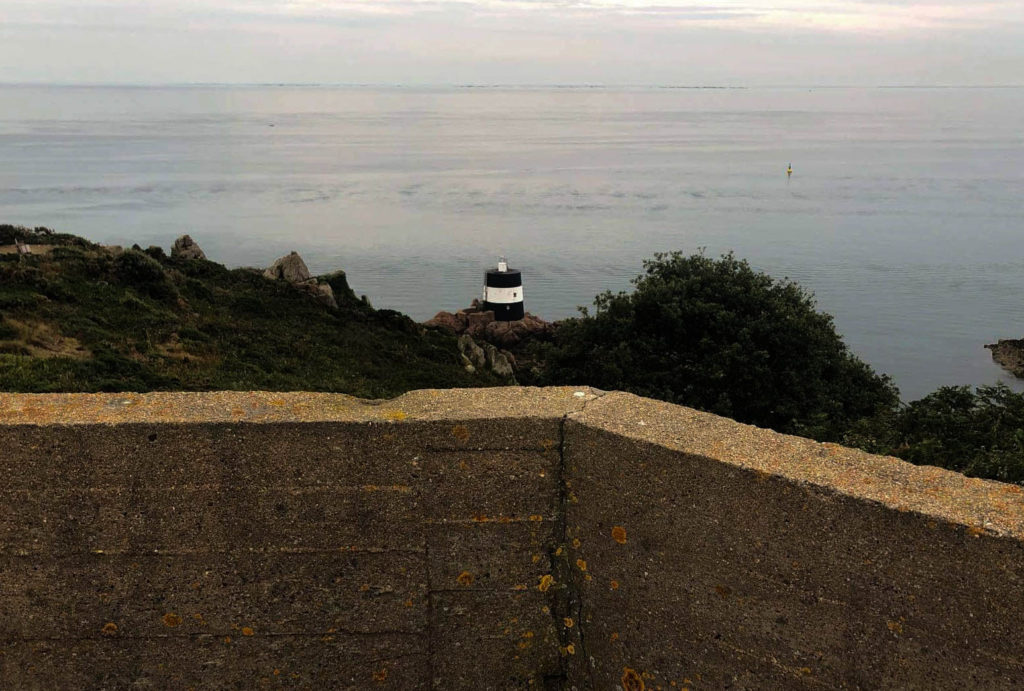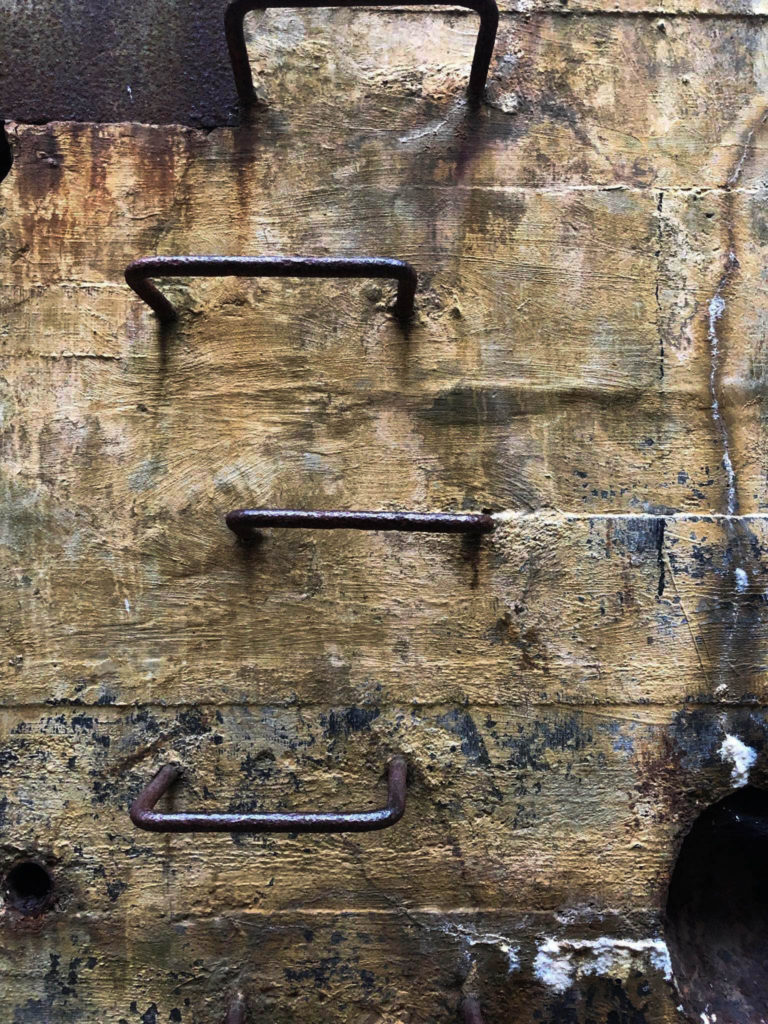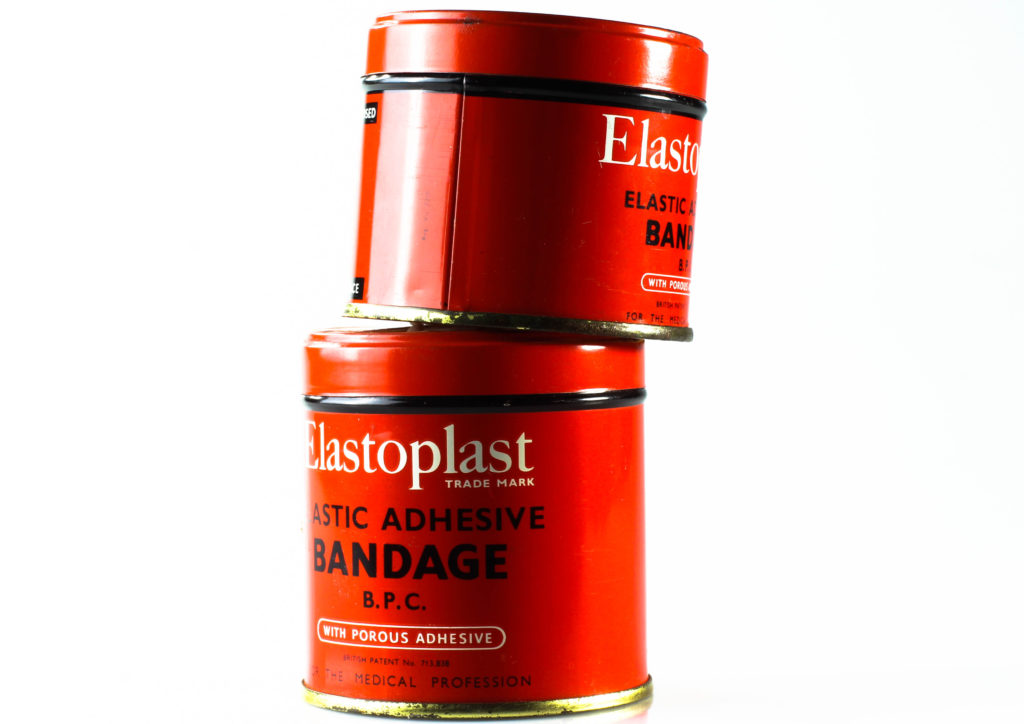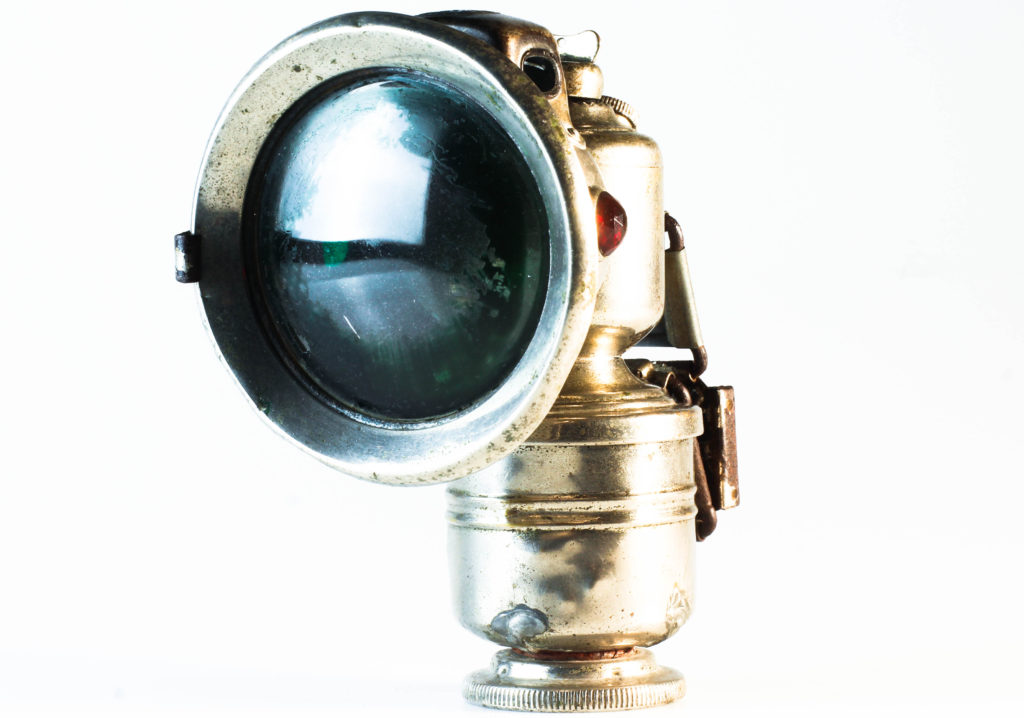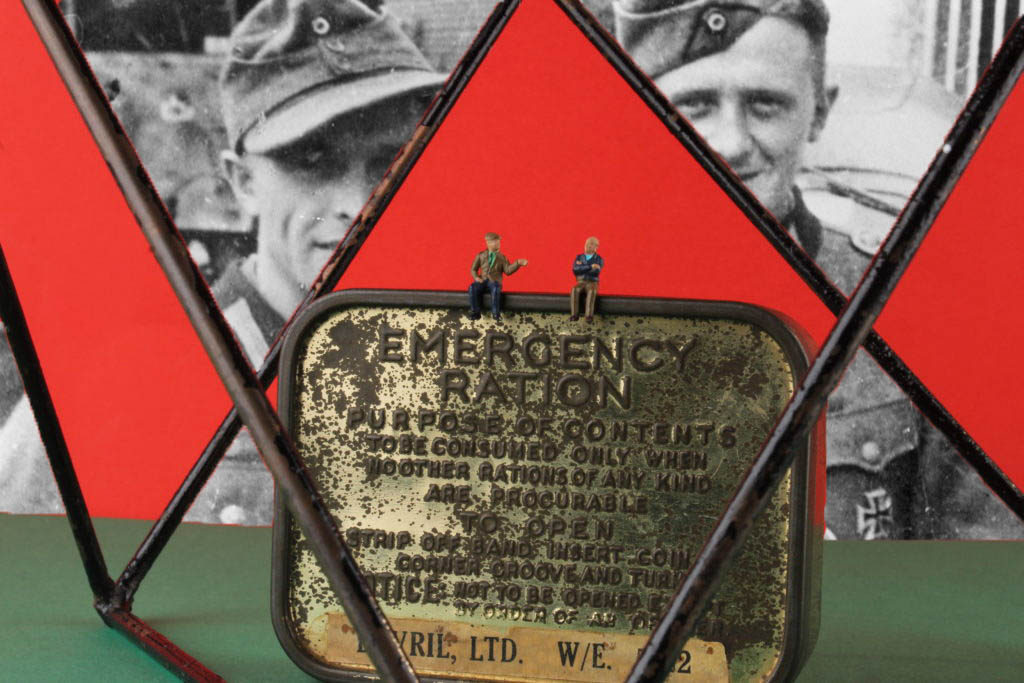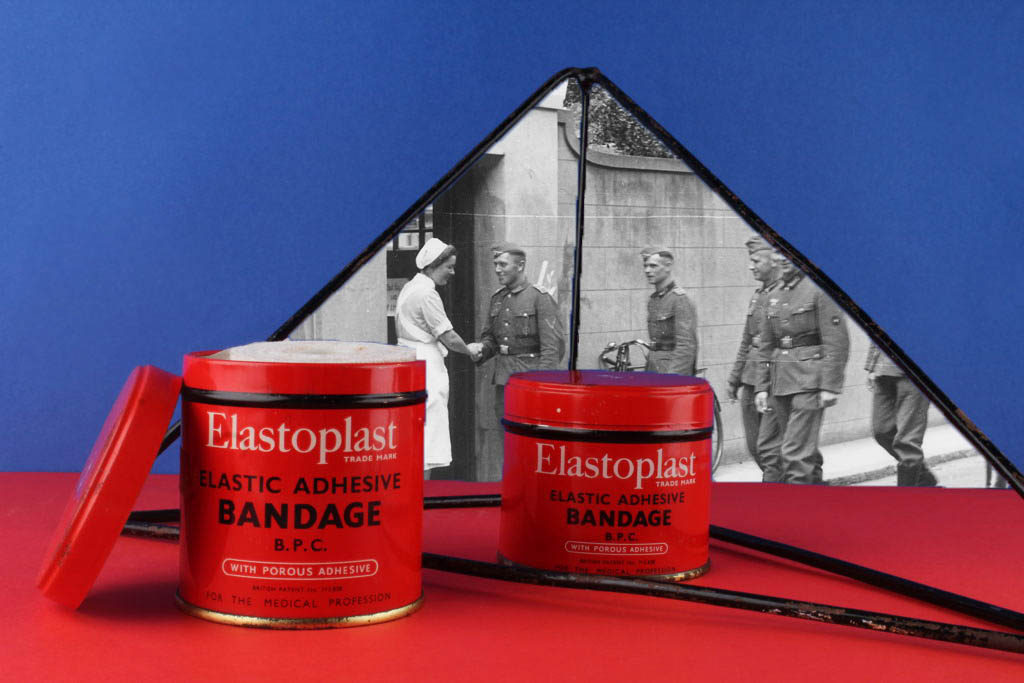From your Personal Investigation based on OCCUPATION vs LIBERATION write an overview of what you learned and how you intend to develop your Personal Study.
During our occupation vs. liberation theme I learned a variety of different skills and also built upon previously known skills. At the beginning, I explored the use of archives. I learned how they can be used to research in order to discover more about a certain topic area, which in my case was the occupation of Jersey. This was extremely useful as it allowed me to incorporate further depth of knowledge into my project.
Another practical skill that was built upon were technical camera skills. Shooting at locations such as bunkers improved my ability to photograph in low lighting, by controlling the ISO and aperture. When I moved on to researching the occupation further by meeting an individual who lived throughout the occupation, my portraiture skills also improved. I learnt how to build up a relationship with a stranger, and how to learn more about them in order to photograph them appropriately which is something I had not previously done before. In regards to editing and developing my images, I learnt how to use lightroom and Indesign in order to improve my images and create my zine, which is something I had very minimal experience with previously. I will be taking these research, practical and developing skills forwards in order to begin my own personal study.
Describe which themes, approaches, artists, skills and photographic processes/ techniques inspired you the most and why.
I think the thing that initially inspired me the most during this specific theme was the research and the images I saw at the archives. I think this set the foundation for my project because it allowed to me gain a fundamental understanding and insight into what the occupation was like and how my project could reflect this. After this I was inspired by artists such as Klaus Pichler for the specific way he photographed still life, as this helped me better photograph occupation objects. Further into the project Rafal Milach inspired me to interpret my images of the occupation in a more creative way using colours and other props in order to express a sense of being trapped.
Landscapes, People and objects also played a very important role on influencing my project, as those 3 things are very personally related to the occupation and that gave my outcomes throughout this project a sense of authenticity that otherwise wouldn’t be possible. Landscapes that inspired me were in ares where certain important events in the occupation had occurred, such as the bunker sights. Namely, occupation survivors such as Joan Tapley and Bob le Seur also played an important part of my project as learning more about them and their personal stories allowed me to incorporate real life first hand events into my research and discovery. Lastly, the occupation objects I photographed were important because I they gave my project a more metaphorical connection to the occupation.


